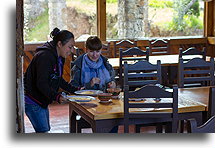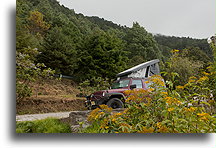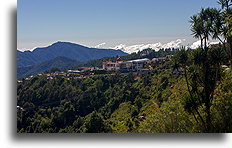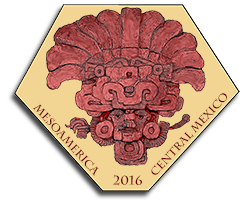Never Completed Monastery
November 19
We started the day by visiting ruins at Monte Albán. Pre-Colombian site located is on the mountaintop at the elevation of almost 6,400 ft / 2,000 meters above sea level. For hundreds of years this city was Zapotec political and economic center until it became mostly abandoned in about AD 800.


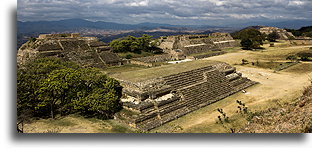
What a view from Monte Alban! The city location was beneficial in many ways. It was easily defensible, countless terraces on the slopes below provided food for the city, infinite horizon of such a place allowed daily astronomical observations. Small group of educated men among the priests had knowledge to calculate agricultural cycles, or predict proximity of the rainy season. Within Main Plaza, two buildings served as astronomical observatories. Their location was not accidental. They were arranged so that, together with natural terrain nearby they were used to determine the equinoxes. One of the buildings has an additional unique feature, a narrow vertical tunnel inside the structure used to record the passing of the sun when at zenith.
For Zapotecs to be a dancer, soldier, stonemason, or astronomer was not just a matter of passion and talent. On the childs birthday, parents knew the future of their newborn. Everyones profession was written in the calendar. To fulfill his destiny, each boy and girl received the proper education. People could not freely choose their profession. Everyone had to follow the prophecy based on the arrangement of the stars. This way a son of a farmer be a military commander for example, or vice versa.
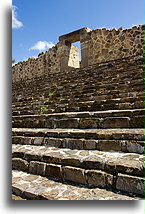
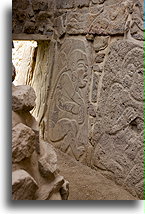
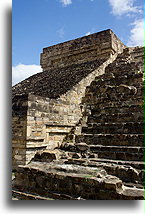
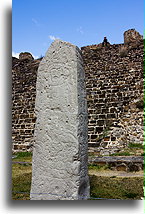
The ballgame court in the shape of overturned letter H has the sloping sidewalls. They were not the place for spectators. Originally covered with lime, walls had polished surface that helped the ball slide down. The game was watched from other two ends. The ball court at the corner of Main Plaza was constructed in about 100 BC.
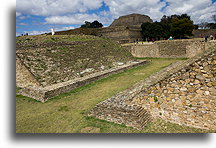

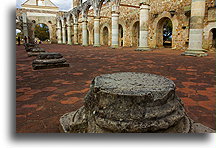
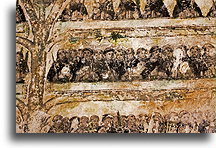

Never completed, the complex of ex-monastery of Santiago Apóstol left very good impression on us. This is an incredible blend of many European architectural styles with local elements of imagery and symbolism. In the mid- sixteenth century, the Dominican Order was responsible for the evangelization of the local Mixtec and Zapotec Indians, but to the task of building a monastery here was assigned only four monks. Construction that started in 1556 relied on the native people. The hard labor was required from unexperienced, reduced in status to nearly slaves, Indian workers. In less than 20 years local population dropped drastically, and construction halted. Was the decline in native Indian population the only reason to stop construction? Probably not, there could be other justifications such as lack of funds, for example. The fate of this monastery is so similar to many churches we visited in Baja California. In a very short time after the arrival of missionaries, there is a shortage of workers, and finally there is hardly anyone to be evangelized.
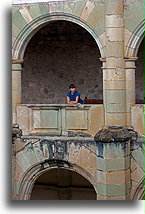
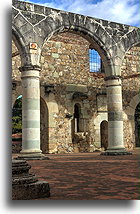
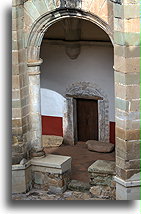
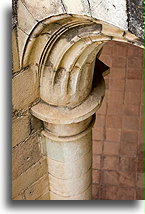
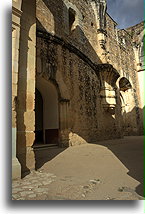
Santiago Apostol is popular among local residents. During our visit, we met people who came here to take pictures after the first communion ceremony. There were others to celebrate Quinceańera, or traditional girls fifteenth birthday celebration.
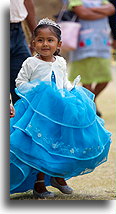
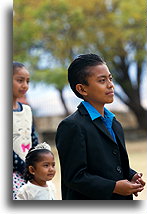

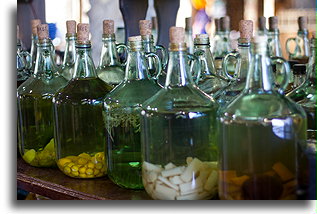
Finally, time has come to leave Oaxaca. We decided to head south, toward the Pacific coast, but first we had to cross the mountains Sierra Madre del Sur. We started the journey in the late afternoon, after 3 hours we were in San Jose del Pacífico at 2,468 meters / 8,100 feet above sea level, we gained 900 meters / 3,000 feet, and temperature dropped about 20ºF / 10ºC. It was rather cold up there. We were looking for the right place to park Balios for a night; it was not an easy task, but our patience was rewarded. The owner of the restaurant Puesta del Sol allowed us to stay at his parking lot. After hot chocolate at his restaurant, we were ready for the upcoming freezing night.
